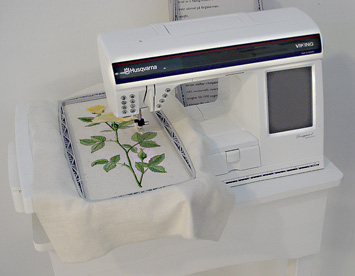
Things appear to be changing for the better for people who work in clothing factories in Bangladesh.
Bangladesh is a small country in south-east Asia.
About four million people there work in clothing factories, cutting and sewing clothes. A lot of the clothing they make is sold in stores in North America.
Most of the factory workers in Bangladesh earn much less than workers who do similar jobs in North America. Often they work long hours, and many of them work in unsafe conditions.
Recently there was an accident involving workers in a clothing factory near Bangladesh’s capital city, Dhaka. Many workers were injured or killed.
Since then, different groups have been asking questions about worker safety and trying to come up with ways to make conditions better for the people who make clothes in Bangladesh.
The government of Bangladesh also wants to improve the standards for workers. That will include raising their pay and letting them join “unions.”
Their “minimum wage” will be increased. The minimum wage means the least (minimum) you can pay someone to do a job. Currently, clothing workers in Bangladesh earn a minimum of $38 a month.
The government in Bangladesh has also announced they will let the workers freely form unions.
A union is when all the workers at a place or in a company join together to protect each other and get the most pay and benefits possible. Before now, the owners of the factories in Bangladesh had to give permission before workers could form a union (which meant unions weren’t very likely to happen).
A lot of the clothing sold in North America is made in Bangladesh because, with wages so low, companies can sell them for low prices.
Some of the North American clothing companies that buy clothes made in Bangladesh are also working together to help improve the conditions in factories.
CURRICULUM CONNECTIONS
By Paul McGoey & Jonathan Tilly
Writing/Discussion Prompt
Sometimes, governments do things when people put pressure on them to change. For instance, the North American clothing companies are putting pressure on the government in Bangladesh. Who do you think put pressure on the clothing companies?
Reading Prompt: Demonstrate Understanding
Sometimes we can show if we’ve truly understood something by making sure we understand new ideas and terms. You may not have not known many of the terms mentioned in today’s article. Without rereading, in your own words, explain both “minimum wage” and “union.” Were you successful? Or did you find this challenging? Why was this easy or hard to do?
Junior
Demonstrate understanding of a variety of texts by summarizing important ideas and citing supporting details (OME, Reading: 1.4).
Intermediate
Demonstrate understanding of increaseingly complex texts by summarizing important ideas and citing a variety of details that support the main idea (OME, Reading: 1.4).
Grammar Feature: Directional language

A compass rose is a tool that helps people communicate different directions. As you can see in the image to the right, The four directions that are the basis of this system are “N” (North) “E” (East), “S” (South), and “W” West. The tool is then divided further by combining the vertical directions with the horizontal directions in order to describe more specific directions.
For this activity, you’ll need a partner, pencil, one paper clip, and three print outs of this compass rose. Create a spinner by placing the paper clip in the middle of one of the compass rose and use the lead of the pencil to ensure that when the paperclip is spun, the clip stays in place. On this game board, write the letters “T” (Thumb) in the “SE” (southeast) corner, “I” (Index) in the “NE” (northeast) corner, “R” (ring) in the “NW” (northwest) corner, and “P” (pinkie) in the (southwest) corner. Now you are ready to play one-handed twister against a friend–each using your own game board.







